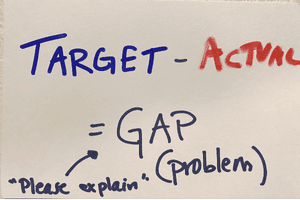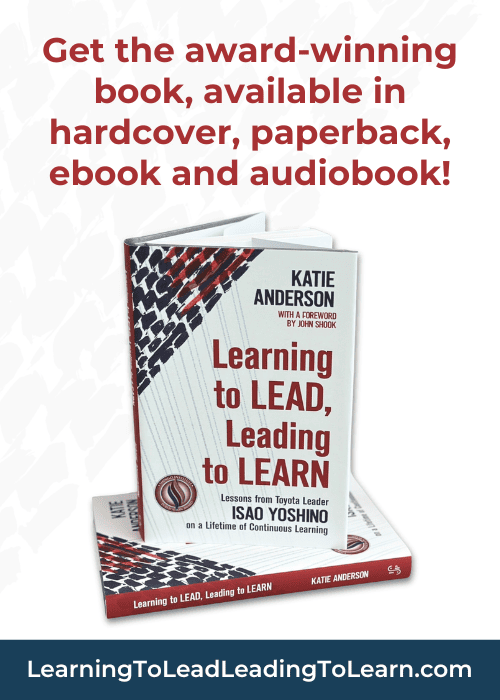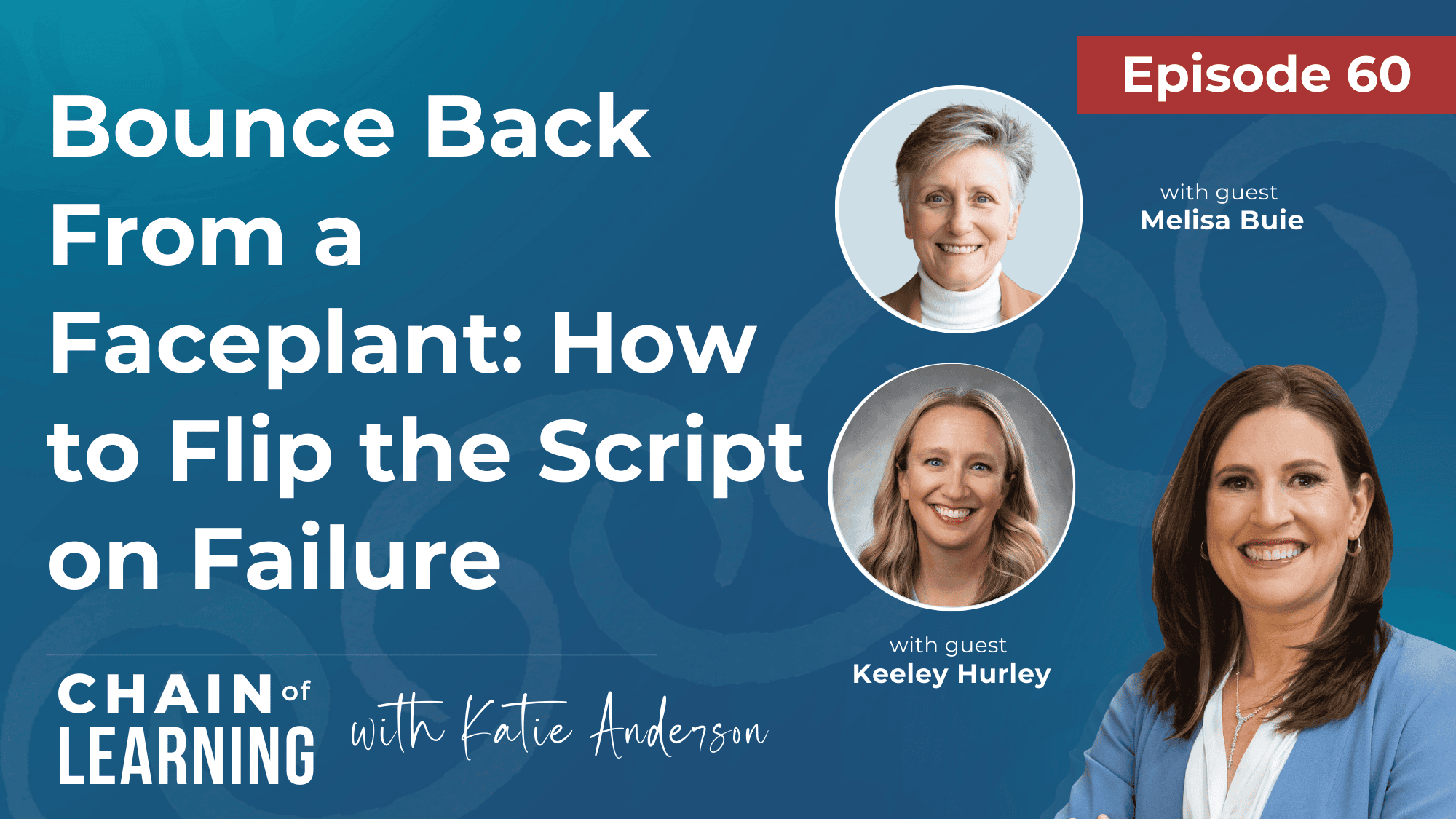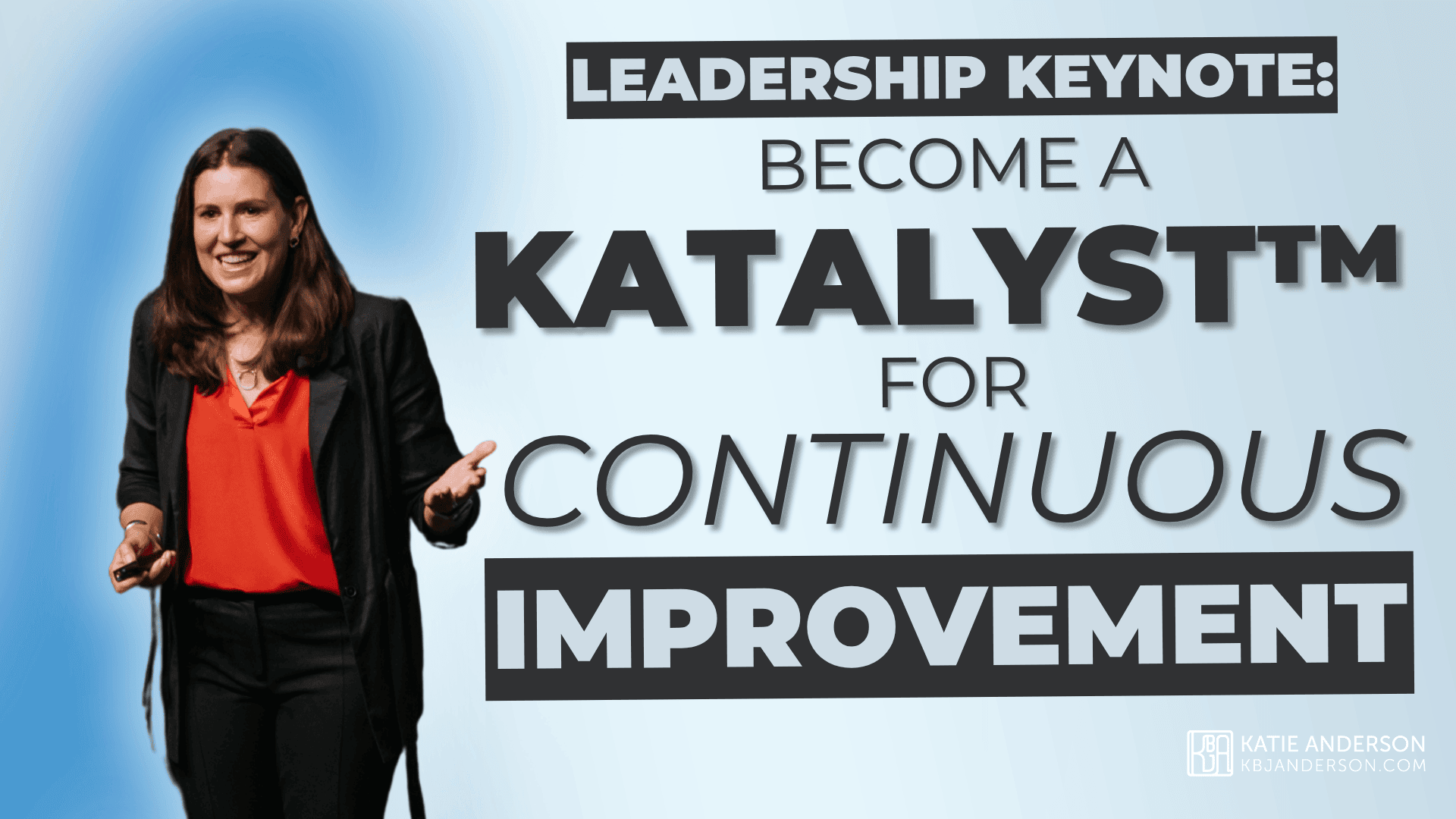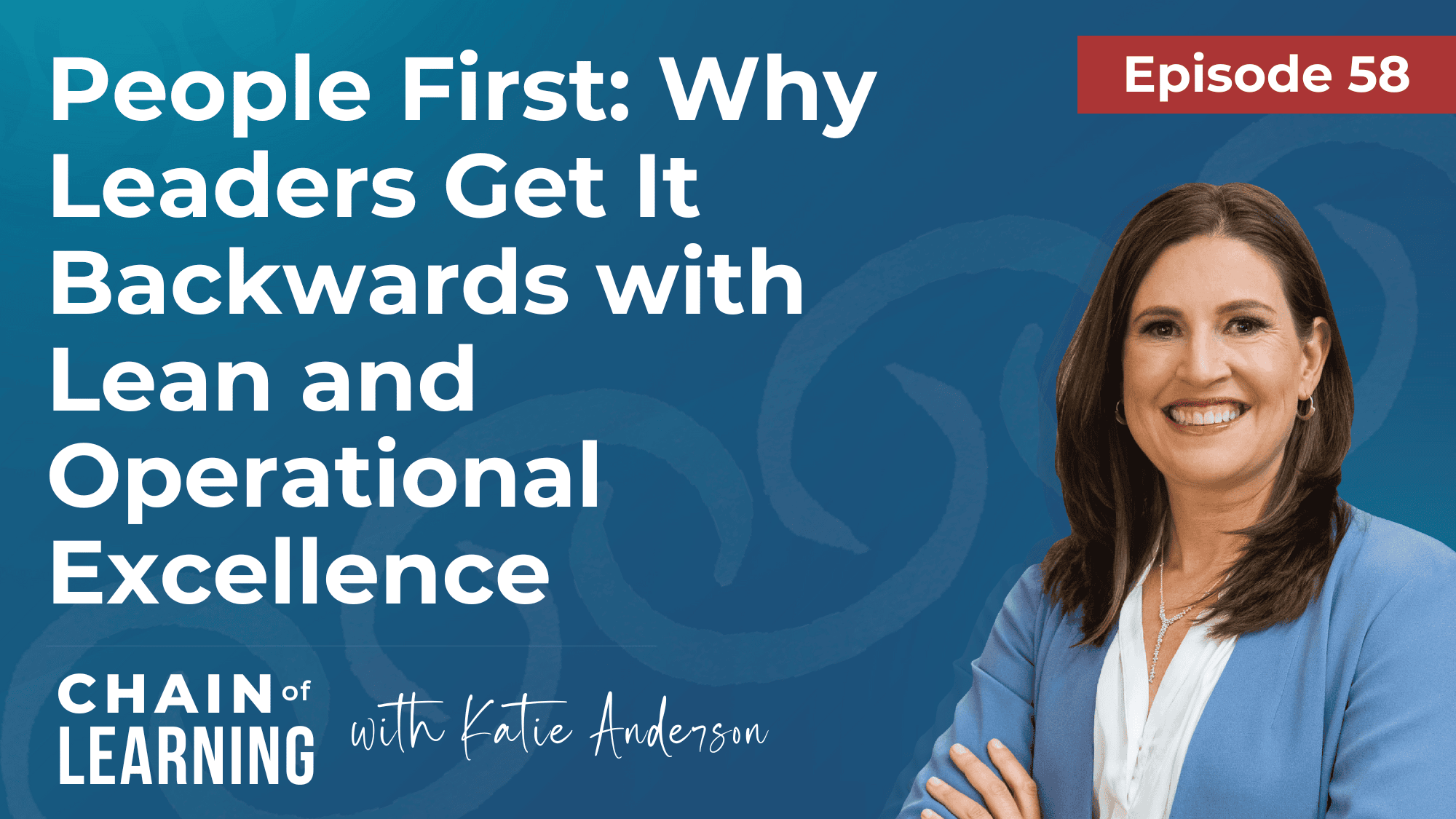The importance of asking questions (the right questions) is one of the foundations of my work.
There are all kinds of questions we can ask.
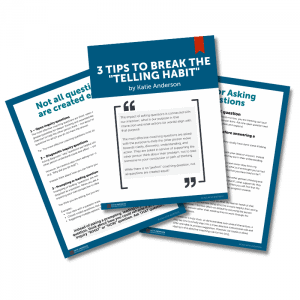
Some are more effective, and some are less effective, at fostering thinking and supporting problem-solving.
Asking the right questions is often about intention.
I’ve written before about the types of questions that support problem-solving, how to ask effective questions, and how to ask questions even if you already know “the answer”.
I’ve even developed a guide with “3 Tips to Break the ‘Telling Habit’” – which you can download here.
One of my articles for TheLeanMag was titled “Solve More Problems By Asking Better Questions: The Impact of Breaking Your Telling Habit” — which you can download here.
But what does the practice of asking questions to support problem-solving actually look like?
This was one of the questions I’ve been asked by leaders enrolled in my Leading to Learn Accelerator program.
In this post, I provide some resources for you to ask better questions to support problem-solving, and a video sharing the framework that I use in my head to guide the questions I ask.
Inspired by questions asked to me
As of the publishing of this post, I’m leading the second live community cohort of my Leading to Learn Accelerator program. Part of this program is a live group coaching component.
These are always really interesting and useful sessions where we all get to learn by asking questions and sharing reflections.
In fact, in this particular session, we were talking about exactly that: how to ask more effective questions to support problem-solving.
My answer: for me, it looks like the A3 thinking process.
A3 Problem-Solving Framework
When I’m coaching others to solve problems, I’ve developed a pattern of thinking that helps me structure what questions I ask to help somebody solve a problem. I use this same process when working through solving my own problems too!
Having this structure in my head gives me a framework for asking questions, and allows me to stay more focused on what the other person is saying, rather than trying to think of the “next best question” to ask.
The pattern of questions follows the problem-solving A3 thinking structure that I learned many years ago when I was first exposed to Lean and the Toyota Way. And one that I’ve learned more deeply about from Isao Yoshino when I first moved to Japan in 2015.
What is an A3 and the A3 thinking process?
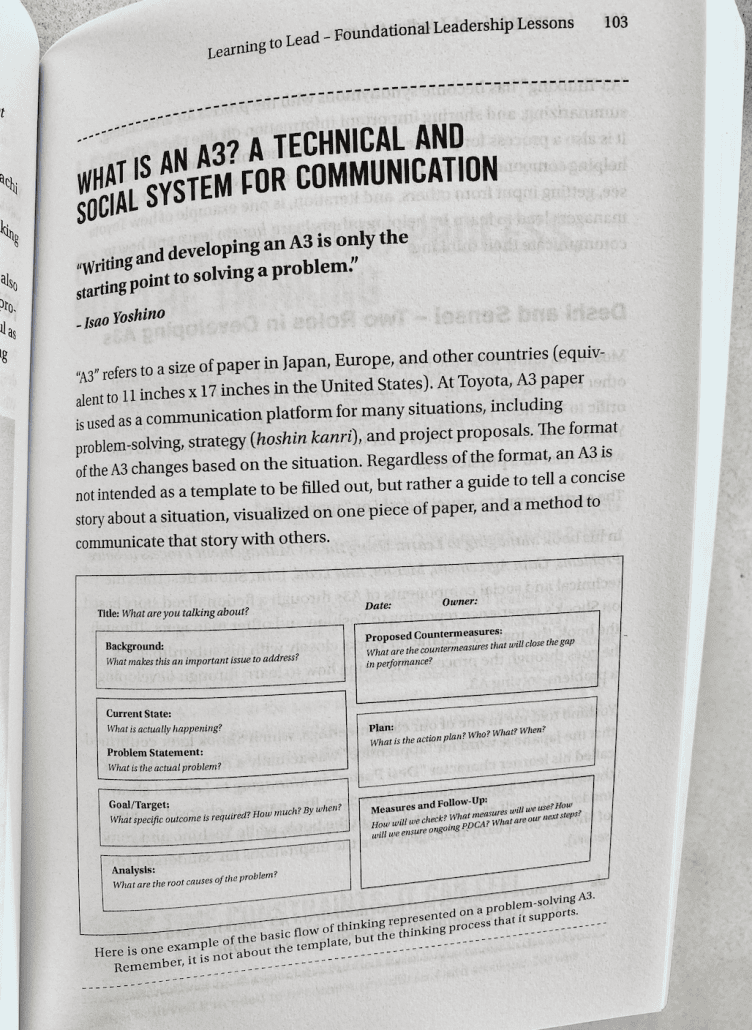
A3 thinking is collaborative.
It’s a process management and improvement system that was developed by Toyota, and it can be used for problem-solving, decision-making, planning, or reporting.
I describe the flow of problem-solving A3s in my book Learning to Lead, Leading to Learn: Lessons from Toyota Leader Isao Yoshino on a Lifetime of Continuous Learning (see image here) and the history of how A3 thinking became the standard for communication and problem-solving at Toyota.
You can also learn more about A3 thinking in this post, “Toyota Leadership Lessons: Part 8 – The A3 Isn’t a Magical Tool, which I wrote in 2017 based on my discussions with Mr. Yoshino about A3 as a management and thinking process.
While the A3 can be a tool and framework for communication and problem-solving, it’s important to remember, as I highlighted in about in this popular article “When to ‘A3’: 3 Problem-Solving Tools to Match the Complexity of Your Problem”:
A structured flow for problem-solving thinking
The A3 provides the structure for problem-solving and communicating one’s thinking about solving problems.
And it’s become my habit for structuring my thinking and questions for problem-solving.
We can use the A3 framework to guide what types of open questions we ask.
In the video below I explore the structure of A3 thinking, how it works, and how it can be used to ask effective questions that help to solve problems.

Below is a lightly edited version of the video’s transcript
Today I want to respond to a question that was asked in my recent Leading to Learn Accelerator program in one of our live group coaching sessions focusing on how to ask more effective questions to support problem-solving.
In our discussion, I shared how I like to ask questions and some of the patterns of thinking that are always going through my head when I’m thinking about how to ask a question to help somebody solve a problem.
Start with A3 Problem-Solving Thinking
It usually goes along the pattern that I learned from practicing A3 thinking — an A3 being a size of paper that they use at Toyota to support problem-solving and other documentation of projects and other things.
But from a problem-solving context, it follows the following flow (see image) below.
I want to share this here and talk about the different questions that happen in my head when I think about what questions to ask.
There are many more questions you can ask in all of these elements but this is the flow of thinking that happens for me.
The Flow of Problem-Solving
In this card (see picture to the right), you can see it’s like an A3 divided into a left side and a right side.
The left side is about understanding the problem you’re trying to solve, and then the right side goes into more of the experimentation and closing the gap.
Here is how I use this A3 framework to guide questions I ask for problem-solving.
Background
Questions that I like to start off with are around the background, like:
- What is the context for this problem?
- Why is it important?
- What led you to be addressing this?
- How does this fit into priorities?
Current Condition
Then, ask questions to understand the current condition:
- What’s actually happening here?
- How are you going to see?
- What are you learning?
- How can you describe that in words and pictures? What’s really happening?
Target / Goals
Then, understand the target by asking:
- What’s the target?
- What should be happening?
- What’s the goal, what do we need to accomplish?
- What is the outcome we need to be seeing?
What is the actual target?
Then we can define the problem.
There is a simple equation to define a problem that I learned a long time ago:
Target-Actual = Problem (the gap to close)
It’s a mantra that an executive I worked with would always say when he would go see and help support problem-solving in our organization: “Target, Actual, Please Explain”:
- What’s the target?
- What’s actually happening?
- What’s the gap? That’s the problem.
- Please explain your thinking: What are you thinking is causing the problem? How are you solving it?
You can read more about this problem-solving equation in these articles: “Leading Daily Improvement: Creating New Habits and Practices to Support Continuous Improvement” and “When to ‘A3’: 3 Problem-Solving Tools to Match the Complexity of Your Problem”.
Causes
Once we’ve defined what the problem is in a quantifiable, measurable way, then we can move into what are the causes of the problem.
How are you learning and understanding what was actually causing the problem and getting into the root cause?
And this might be where we start asking more of the ‘why’ questions.
Countermeasures / Experiments to Close the Gap
When we really understand some of the causes — or maybe we haven’t got to the root cause yet, but we understand what our problem is and some of the causes — then we can start moving into countermeasures.
These are potential solutions to close the gap between what’s currently happening and what should be happening.
Then you can list out the different ideas and creative ideas and things that you’re going to try as countermeasures to close that gap.
Plan
And you can prioritize based on… what are we going to try first?
What’s our first step?
And then we put together our plan – what are we going to do?
Reflections
Then, really importantly: what are you learning from this?
A Thinking Process to Support Problem-Solving
An A3 document is not a static document. It’s iterative — one you continue to revise as you go through and learn.
You do not have know “A3 thinking”, or use an A3 format or an A3-sized piece of paper, to use the same thinking process.
This structure of A3-thinking is in the back of my mind of how I’m guiding people through a problem-solving process.
Starting with context — what leads you to be focused on this problem? Why is it important to you?
Understanding what’s currently happening? What’s actually happening?
What should be happening? Then, you can quantify that problem.
Then you can start doing some root cause analysis and start coming up with some creative solutions, and there may be some things you already know that you can take action on that are just do-its.
This is a problem-solving process for framing your questions and thinking
It’s correlated to the simple equation that you can use for any problem.
This A3 framework correlates with problem-solving thinking using either an A3 format or just structured thinking for problem-solving of any scope.
Go through this problem-solving process flow and ask questions to help somebody else think more deeply about the problem he or she has ownership for.
How can you get started with asking more intentional questions, and developing continuous learning supported by A3 thinking?

You break the telling habit!
Asking more effective questions to support problem-solving is one of the most important skills we can learn. However, we often have a habit of “telling” our answers more than asking to help others think and learn.
If you can learn to break the “telling habit” and start tapping into the power of effective questions, you open up whole new horizons of possibility for your organization, your team, and yourself!
Join my self-paced “Breaking the ‘Telling Habit’” workshop, and unlock your team’s potential by discovering how to ask more effective questions. You can take the class at any time, at your own pace.
Get the guide
If you don’t have it yet you can download my free guide “3 Tips to Break the ‘Telling Habit’”!
Accelerate Impact with Katie as Your Partner
If you want support for yourself or your team, work with improvement change leaders and executives like you to master these skills to lead change, step into your leadership impact, and create high-performing learning organizations.
You can learn more about my trusted advisor, team coaching, and leadership development programs here.



